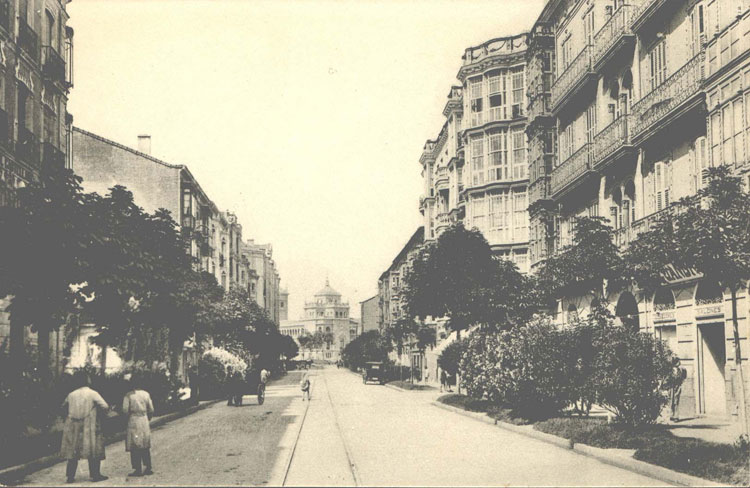OPINIONS
Date: 6 October 2022 Author: Szymon Polewka
Tragedy of the Recovered Territories
Once the war’s encroaching fog finally cleared, the territories of Poland were in ruins. The extent of repression and misery inflicted on the Polish people left a strong imprint that we can still observe today. The Polish territories were in a state of chaos in the early days of the postwar period. Soviet advances east of the pre-war Curzon line were consolidated as a result of decisions made at the Yalta and Potsdam conferences.

With the invasion of the Soviet troops, the purposeful ethnic transformation of entire geographic territories began on an unprecedented scale. The Stalinist vision of Europe was realized through the displacement of entire local communities. With the backing of the Western Allies, the Bolsheviks decided to award the post-German areas, unassigned in 1945, as compensation to the reborn People’s Republic of Poland for the loss of its eastern lands. These regions expanded into Warmia-Masuria Province towards the west of the Second Polish Republic’s pre-war boundaries. The years that followed were critical in the development of the modern Republic, and this process lasted until 1990. Soviets acted as a military occupying regime in the post-German countries, taking and mercilessly exploiting the remnants of Germany.
The newly arrived Polish population had to face ruined lands filled with aggressive Soviet soldiers, as well as a German population questioning the position of the growing Polish administration. Shortly after the war ended, the Polish Communists defined three aims for the reclaimed territory. First, to seize political power. Second, to replace the German population with the Polish people fleeing from the east. Third, to eliminate German culture and restore the historic Polish/Slavic character of the region.
Approximately 8 million people were ultimately affected by the tragedy of forced displacement in the Polish territories between 1944 and 1950. The post-German areas saw the relocation of between 3.5 and 4 million Germans. They were replaced by about 4.8 million Poles who were brought in from the USSR and the former eastern provinces. Poles and Germans were both subjected to the crimes of the Red Army, which pillaged the seized lands in a barbaric fashion.
The integration of the regained territories was effective due to the myriad little stories that had to be told to lift the post-German areas out of the abyss. Trauma and anxiety were prevalent motifs in all of these accounts. The trauma of losing a home and the fear of losing a new one in the face of an uncertain post-war future.
Bibliography:
- Kledzik E., Michalski M., Praczyk M., “Ziemie Odzyskane” W poszukiwaniu nowych narracji, Poznań 2018.
- Snoch B., Powrót do piastowskich granic, Warsaw 1982.
- Snoch B., Władze komunistyczne wobec ziem odzyskanych po II wojnie światowej: materiały z konferencji [conference materials], Słupsk 1997.
- Ziemie Odzyskane, Ziemie Zachodnie i Północne, Ziemie Nowe, Ziemie Uzyskane, Kresy Zachodnie, Wirtualny Sztetl, accessed on September 2022.
https://sztetl.org.pl/pl/slownik/ziemie-odzyskane-ziemie-zachodnie-i-polnocne-ziemie-nowe-ziemie-uzyskane-kresy-zachodnie.
Support Us
If content prepared by Warsaw Institute team is useful for you, please support our actions. Donations from private persons are necessary for the continuation of our mission.
All texts published by the Warsaw Institute Foundation may be disseminated on the condition that their origin is credited. Images may not be used without permission.















